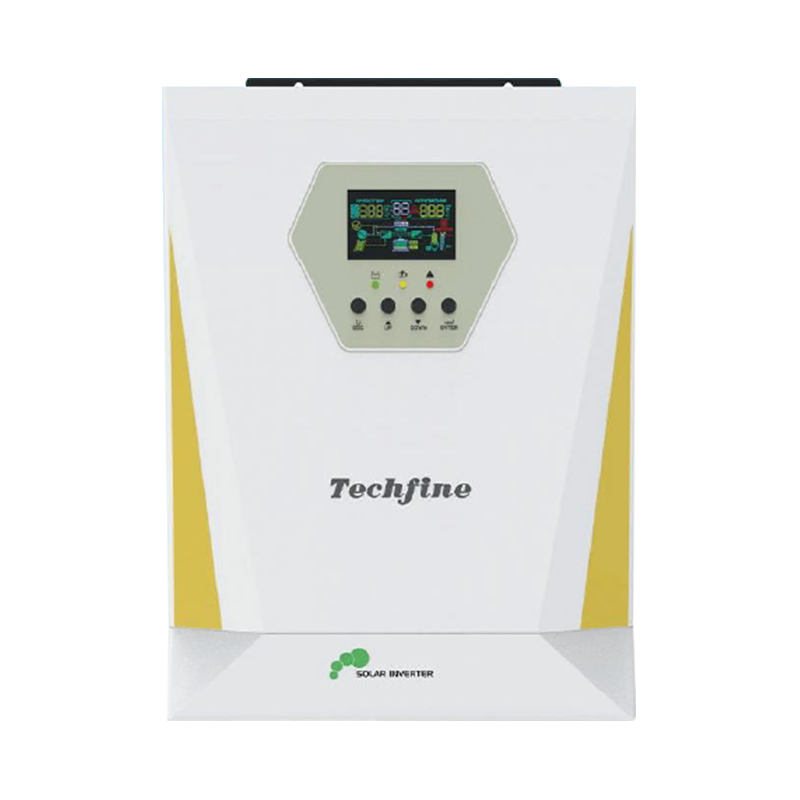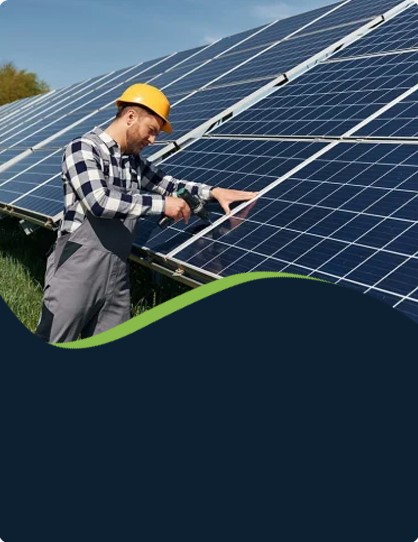
-
[email protected]

-
Building 1, No. 21 Shengfa Road, Lucheng District, Wenzhou, Zhejiang, China


Inverters are the critical link between solar panels and the electrical grid, ensuring that solar power is efficiently converted, managed, and utilized.

Grid-interactive inverters are the cornerstone of grid-connected solar systems, providing a seamless interface between solar panels and the electrical grid. These inverters convert the direct current (DC) generated by solar panels into alternating current (AC), which can be used by household appliances and fed back into the grid. The primary function of grid-interactive inverters is to ensure that the power generated by solar panels is compatible with the grid, maintaining a stable and reliable energy supply.
One of the key features of grid-interactive inverters is their ability to synchronize with the grid's electrical parameters. Grid-interactive inverters also incorporate advanced safety features, such as anti-islanding protection, which prevents the inverter from feeding power into the grid during a power outage, ensuring the safety of utility workers and the stability of the grid.
Moreover, grid-interactive inverters often come with advanced monitoring and control capabilities. This level of control and monitoring not only enhances the efficiency of the solar system but also provides valuable insights for users to make informed decisions about their energy consumption.
Grid-tie micro inverters represent a significant shift in the way solar power is managed and converted. Unlike traditional string inverters, which convert power from an entire array of panels, micro inverters are installed at each individual solar panel. This decentralized approach offers several advantages, particularly in terms of flexibility and performance.
One of the primary benefits of grid-tie micro inverters is their ability to optimize the performance of each solar panel independently. In a traditional string inverter system, the output of the entire array can be affected by the performance of a single underperforming panel, such as one that is shaded or dirty. Micro inverters, however, convert the power from each panel separately, ensuring that each panel operates at its big potential. This bigs the overall energy yield of the solar system, especially in installations with partial shading or varying roof orientations.
Another advantage of grid-tie micro inverters is their enhanced safety features. This reduces the risk of electrical accidents and makes the installation and maintenance of solar systems safer for both installers and homeowners.
Additionally, micro inverters offer detailed monitoring capabilities, allowing users to track the performance of each individual panel. This granular monitoring provides valuable insights into the system's operation and helps identify any issues promptly, ensuring good performance and longevity of the solar installation.
Hybrid grid-tie inverters represent the next evolution in solar inverter technology, combining the benefits of grid-interactive inverters with the added functionality of energy storage integration. These inverters are designed to work seamlessly with both the electrical grid and battery storage systems, providing a versatile and efficient solution for modern solar energy applications.
The primary advantage of hybrid grid-tie inverters is their ability to manage multiple energy sources and storage systems. For example, during periods of high solar generation, excess power can be stored in batteries for later use, reducing reliance on the grid.
Grid-tie micro inverters offer enhanced flexibility and performance by optimizing the output of each solar panel independently, while also improving safety and monitoring capabilities. Hybrid grid-tie inverters, on the other hand, combine the benefits of grid connectivity with energy storage integration, providing a versatile and resilient solution for modern solar applications.
Your email address will not be published. Required field are marked*
